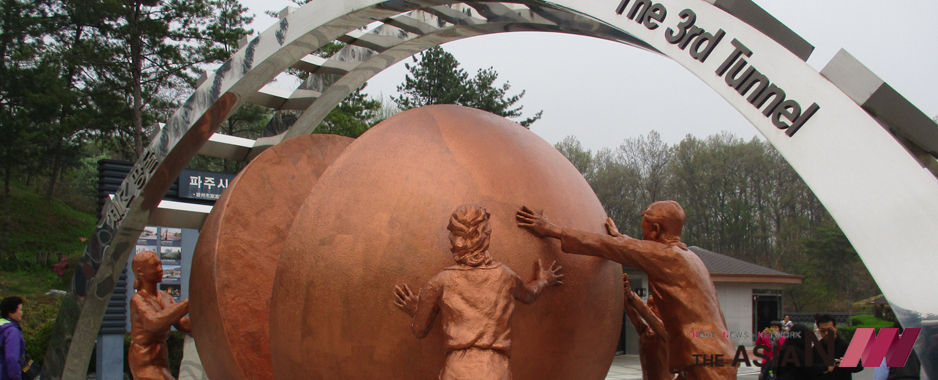
Peace of Korean peninsula: The current state and challenges

A divided Korean peninsula is one of the last remaining geopolitical problems of the twentieth century, with two countries technically still at war. The countries, of course, are the two Koreas – one dynamic and modern, the other closed, impoverished, and belligerent. The peninsula they share represents one of the most vexing challenges facing the world today. The gravest threat is North Korea’s nuclear program.
The North has a nuclear arsenal, pursues advanced missile technology, with distinct possibilities of transferring nuclear weapons or materials to others (whether states or terrorist groups). This poses significant and dangerous prospects of diplomatic confrontation, raising regional and international tensions that prevent the possibility of future peace on the Korean peninsula.
South Korea has struggled, largely unsuccessfully, to address this set of dangers. In particular, the Six Party Talks—consisting of China, Japan, North Korea, Russia, South Korea, and the United States—have failed to bring about North Korea’s denuclearization.
Talking to Arab people in the UAE, their perception is that it’s not a major world-threatening issue. There are others who believe that achieving a stable, peaceful, non-nuclear Korean Peninsula should be the common objective and contain the following key components:
Recognition of the sovereignty and territorial integrity of both Koreas.
Sustained high-level attention to the Korea problem within the world
A renewed commitment by both Koreas to the terms of the NPT, IAEA safeguards, the 1992 Joint Declaration on the Denuclearization of the Korean Peninsula, and the 1992 Agreement on Reconciliation, Non-Aggression, Exchanges, and Cooperation between the South and the North (the “Basic Agreement”)
Security guarantees by the United States and China for both Koreas.
Each of the four parties would have other objectives as well. Including and as part of the planning process, coordinate closely with Japan as a close ally and consult with China and Russia as major concerned powers.
Many interviewees have also focused on the importance of planning for contingencies from North Korea. That is not the same as predicting instability or pursuing a policy that induces instability. However, it is prudent to consider how to respond to instability as part of the full range of possible outcomes in dealing with North Korea.
It also provides an opportunity to identify potential areas of disagreement between the United States, South Korea, and others, improve coordination mechanisms, and identify needed resources. Furthermore, participating in dialogue about future scenarios reassures China, Japan, and South Korea that their concerns about instability are being considered seriously. Additionally, they have asserted that global society and South Korea should keep pressurising North Korea to stop nuclear weapon development.







